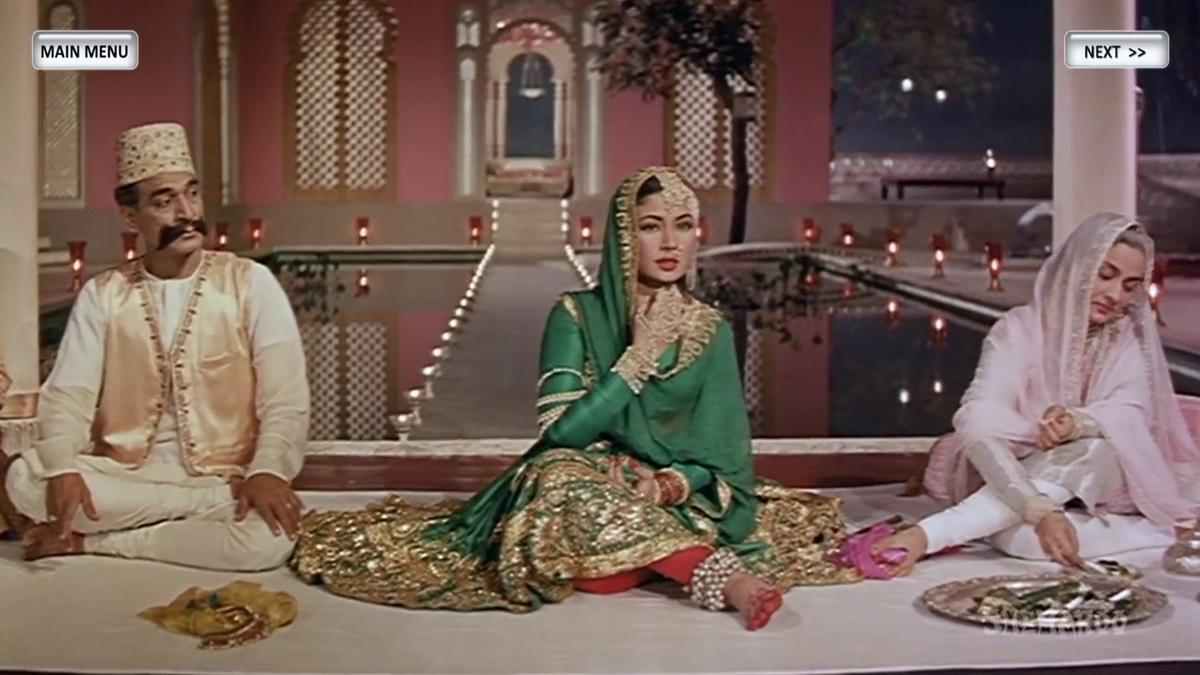Meena Kumari in Pakeezah. | Photo Credit: The Hindu Archives
Remember how many times you have seen the famous song from the Hindi film ‘Chalte Chalte’ PakeezahApart from Meena Kumari’s dreamy eyes, you would have also noticed two dancers in the background, dressed in pearly white anarkalis, presenting a picture of grace and poise. The song is unimaginable without them, yet they remained unheard. Kathak dancer Siddhi Goyal took it upon herself to find the identities of the two women. She looked at IMDB data, spoke to actors of the time and looked at the credits of several films of that period. Her research did not yield definitive answers, but indicated that the two could be Meenakshi and Sujata.
The biggest source of information for Siddhi was Pandit Gauri Shankar’s disciple Anjana Mumtaz, who choreographed the song. Anjana was on the set at that time. PakeezahEspecially during the shooting of the song.
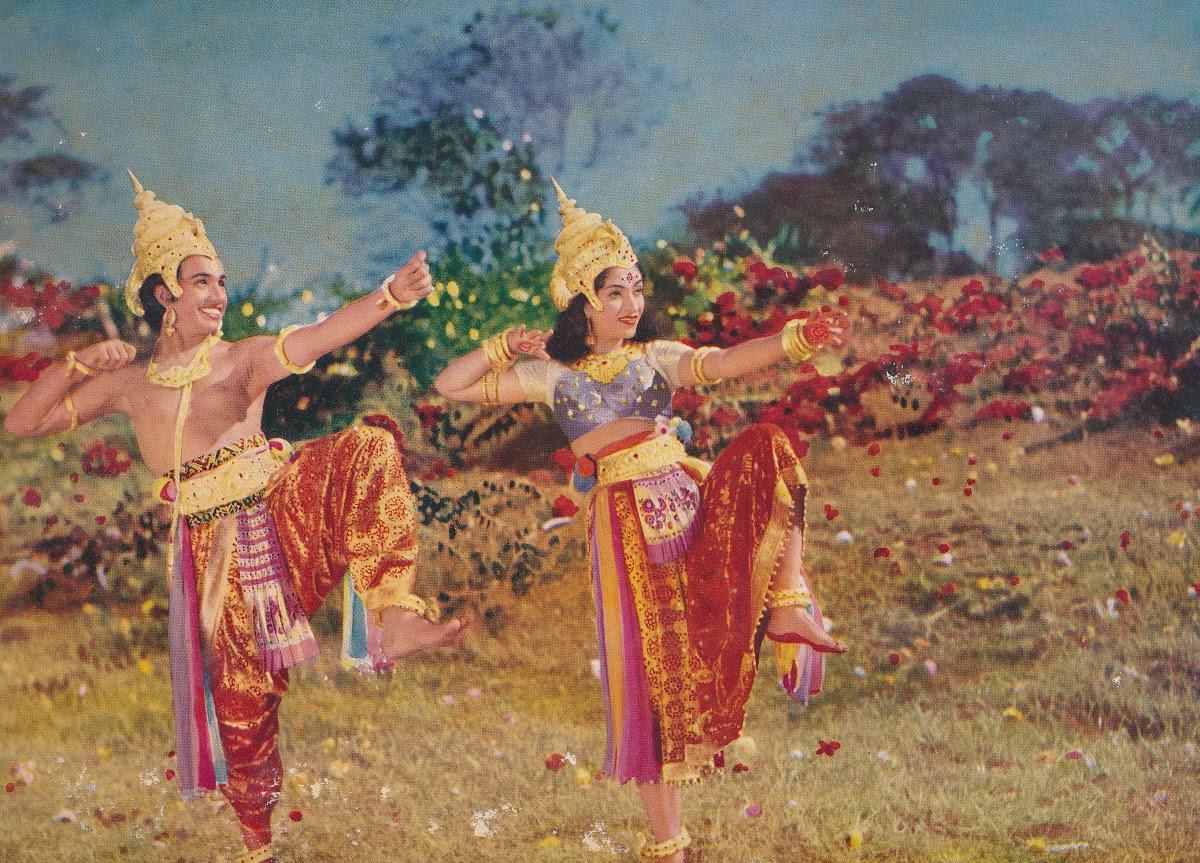
Renowned dancer-choreographer Gopi Krishna with actor Sandhya The anklets are ringing tinkling.
, Photo Credit: Special Arrangement
Siddhi embarked on a research journey (supported by an Arts Research Grant from the India Foundation for the Arts) to trace the presence of Kathak in Hindi cinema over a period of 100 years.
“I have not only looked at dance numbers in films but also at choreographers like B. Sohanlal, B. Hiralal and Gopi Kishan. They were experts in Kathak. Even some of the well-known actresses of that time like Jeevankala, Rani, Padma Khanna, Jayshree T and Bela Bose had learnt the art. Then there were dance assistants and background dancers who were basically classical dancers. My research extended to the works of Madhuri Dixit and Sanjay Leela Bhansali. As far as cinema is concerned, I have also explored contemporary trends in Kathak,” says Siddhi, who lives in Delhi.
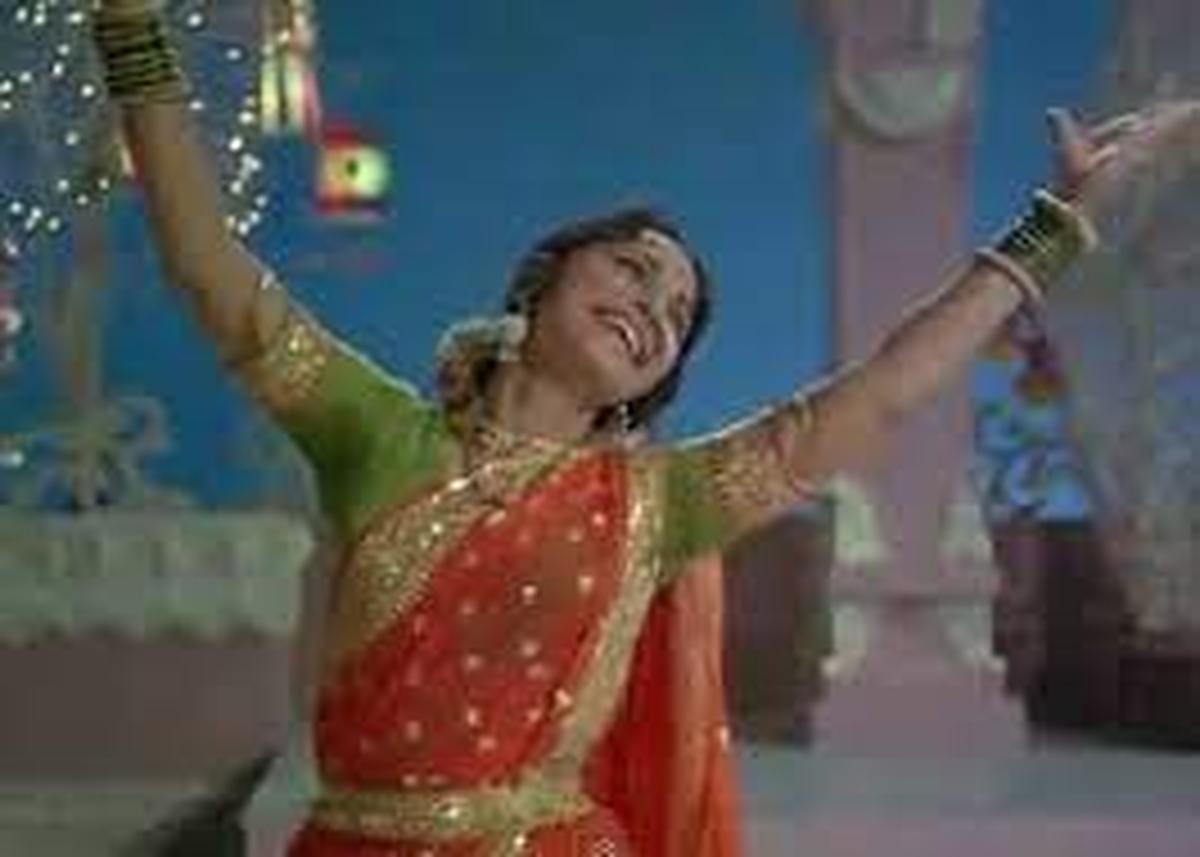
Waheeda Rehman’s Kathak training is reflected in the song ‘Piya Tose Naina Lage Re’ from Guide. | Photo Credit: Special Arrangement
Choreography like ‘Piya Tose Naina Lage Re’ guide (1965), from ‘Hothon Pe Aisi Baat’ The Jewel Thief (1967), ‘Stand Up O Banke Yaar’ and ‘Chalte Chalte’ Pakeezah (1972) composed by Sohanlal, Hiralal, Pt. Lachu Maharaj and Gauri Shankar deeply influenced the aesthetics of dance in films. Siddhi’s research focused on the process of choreographing and how songs and dances advance the narrative of the film.
Siddhi wanted to understand why these artists turned from classical music to cinema. Was it because the patronage for the art was declining? The Kathak repertoire was also greatly influenced by the courtesans, whose lives inspired many films of the time. Dadra, thumri and kajri soon found their way into the dance form. Songs like ‘Lagat Karjawa Mein Chot’, ‘Thade Rahiyo O Banke Yaar’ and ‘Mohe Panghat Pe Nandlal’ are proof of this.
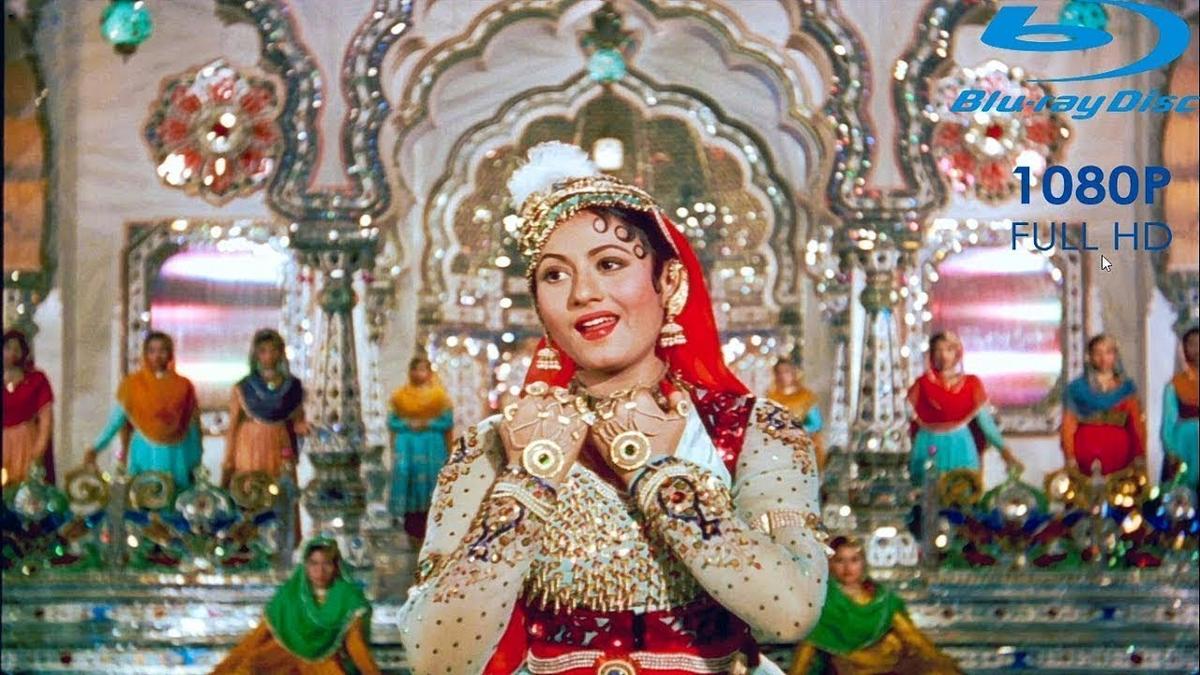
Madhubala’s beautiful dancing added to her charm. Mughal-e-Azam
| Photo courtesy: The Hindu Archives
According to Siddhi, a postgraduate in Arts and Aesthetics from Jawaharlal Nehru University, the close interaction between classical legends and artists from the film world resulted in classics like Mughal-e-Azam And Pure. These films are still considered works of art today. “I wanted to highlight how dancers were an integral part in the making of these films. For example, in ‘Teere Nazar Dekhenge’ PakeezahChoreographed by Pandit Gauri Shankar, this dance sequence supports dramatic storytelling. So my study was not only about its aesthetics but also about a method of choreography that enhances the emotional impact of the story.”
Recalling her conversation with dancer-actress Padma Khanna, Siddhi says, “Padma ji said she entered cinema as a trained dancer, but she credits her understanding of cameras and angles to her friend and colleague Saroj Khan, who worked as a dancer and dance assistant in films before becoming a star choreographer.”
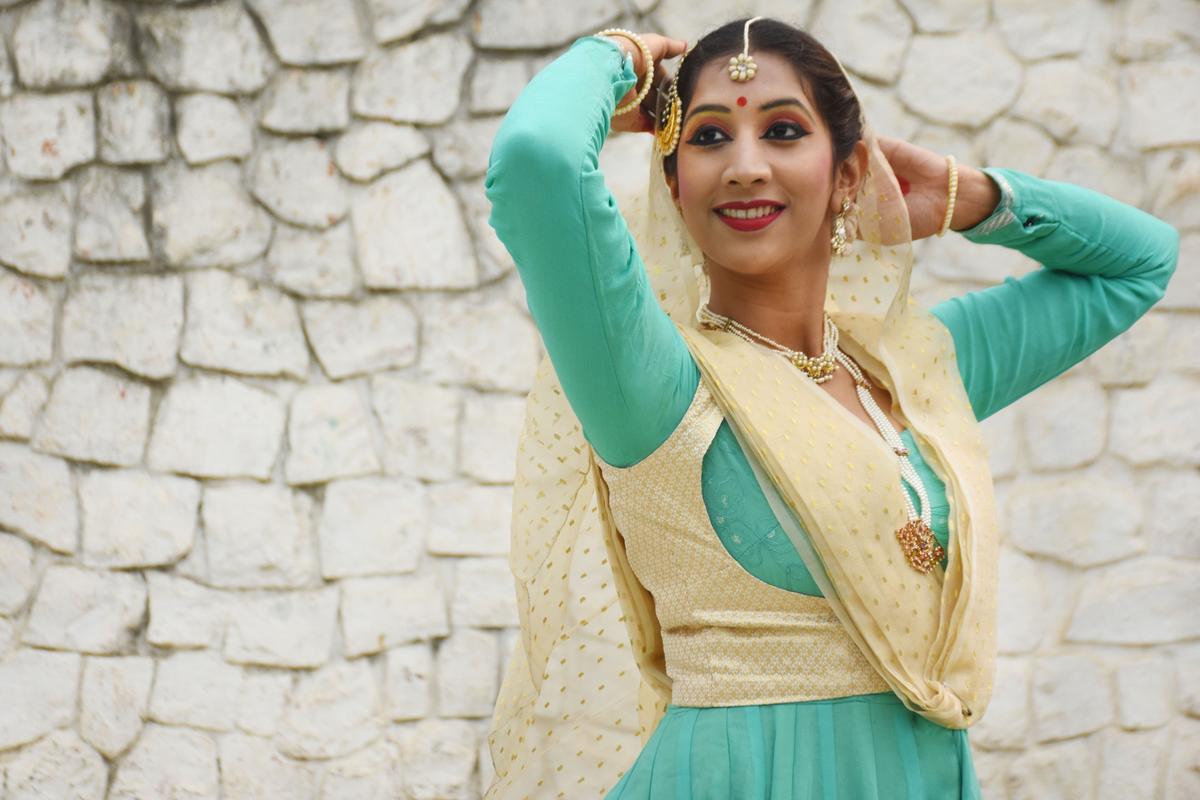
Siddhi Goyal explores the Kathak-cinema connection. | Photo courtesy: Shefai Refai
Siddhi attempts to go beyond the three great works: Mughal-e-Azam, Pakeezah And Umrao Jaan. “One of my all time favorites mujra The song is from ‘Yeh Raat Phir Na Aayegi’ Palace (1949), choreographed by Kathak guru Pandit Lachhu Maharaj. It is sung by two women. It is an underrated song, but if you look closely, this dance stands out because of its impeccable choreography and the way it is filmed.”
HiramandiThe success of is a testimony to Kathak’s continued association with celluloid. “The grace, vigour and natural expressions inherent in the dance form make it suitable for the popular medium. It is said that actors and directors would flock to watch Kathak room To imitate the style of prostitutes.”
In its journey from royal courts and celluloid to the stage, Kathak has been deeply influenced by the changing historical, social and cultural environment.
